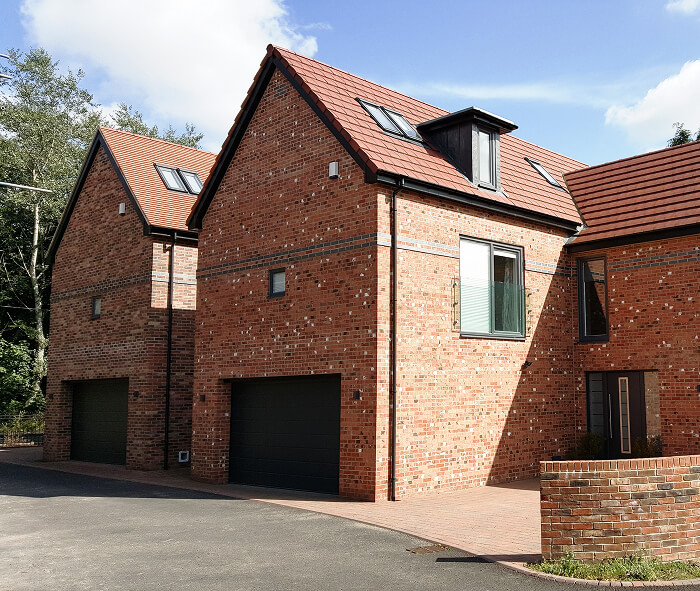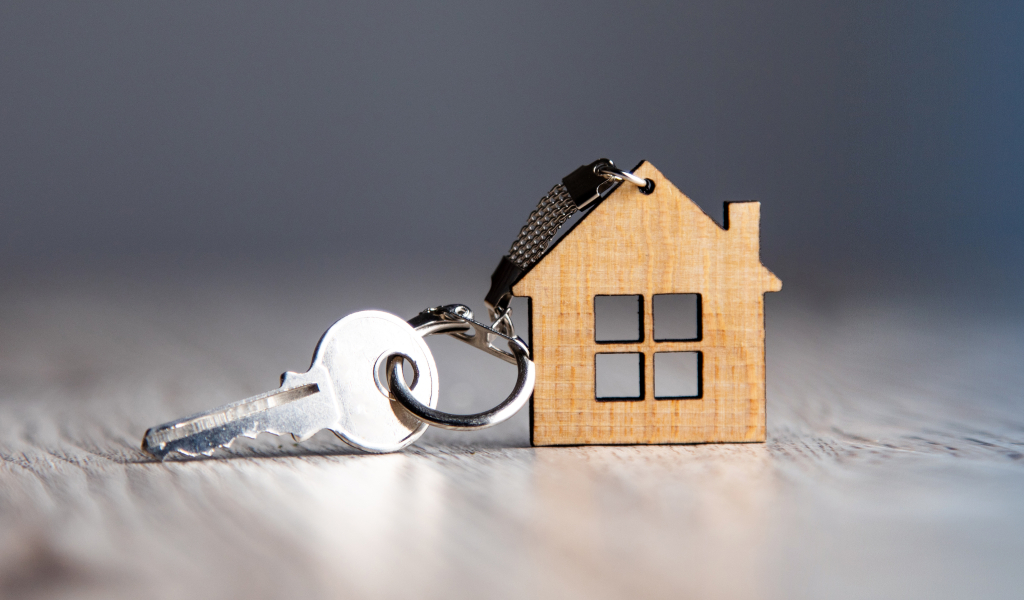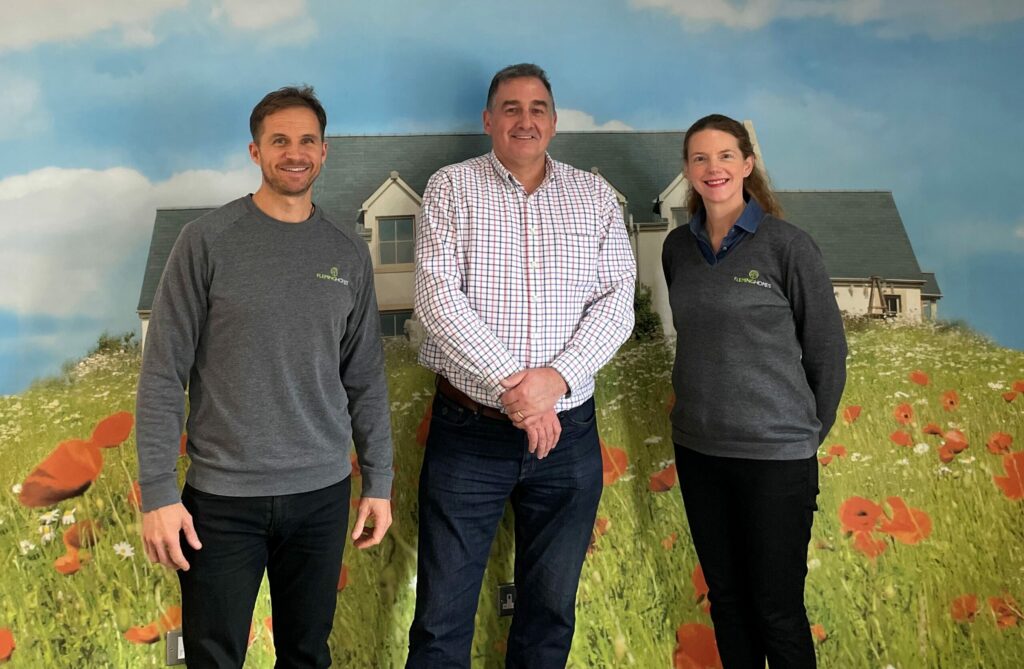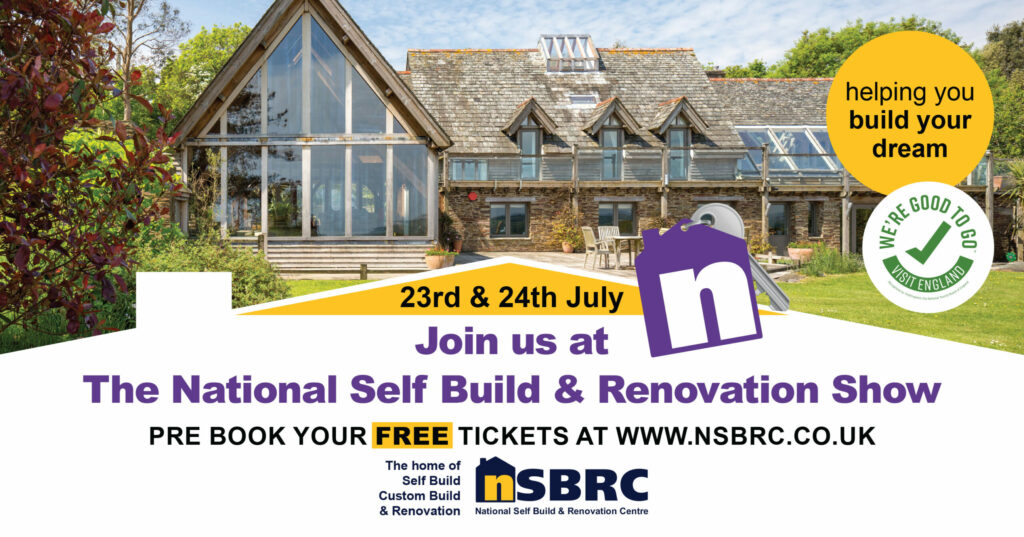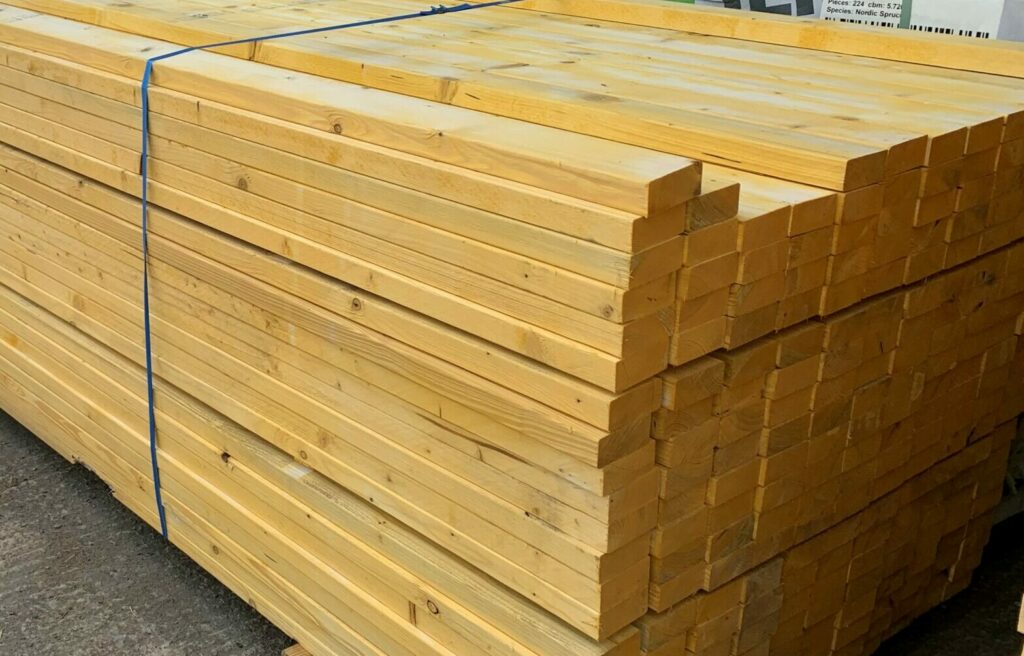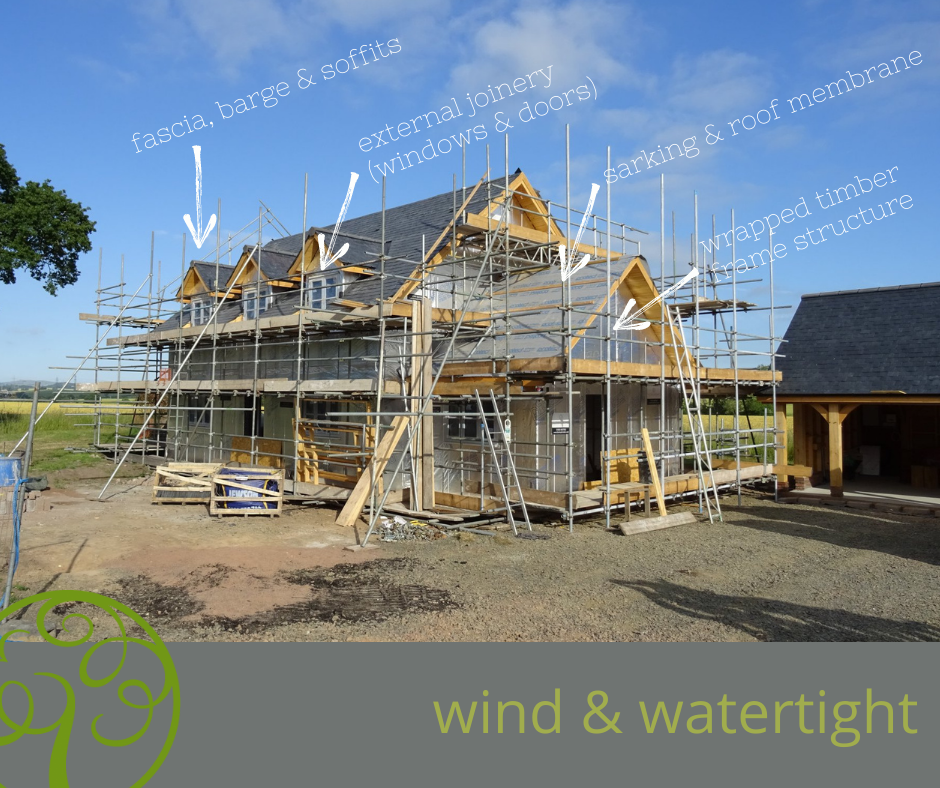Empower Your Self-Build Journey
Tools, insights, and guidance for every step
Building your dream home begins with the right tools and knowledge. Fleming Homes offers a comprehensive suite of resources to support your self-build journey. Whether you’re just starting out or deep in the planning process, our guides, articles, and tools are designed to help you make informed decisions with confidence.
Find a Plot of Land
Securing the right plot is the first step in bringing your self-build vision to life. Here’s where to start:
- Estate & Land Agents: Local experts often have early leads – register your interest with them.
- Local Authorities: Sign up for serviced plots through self-build registers.
- Media Listings: Keep an eye on consumer magazines and local ads for available plots.
- Redevelopment: An existing property can offer a unique opportunity for replacement or redevelopment.
- Online Searches: Explore PlotSearch, Plotfinder, PlotBrowser, and NaCSBA’s Self Build Portal for available listings.
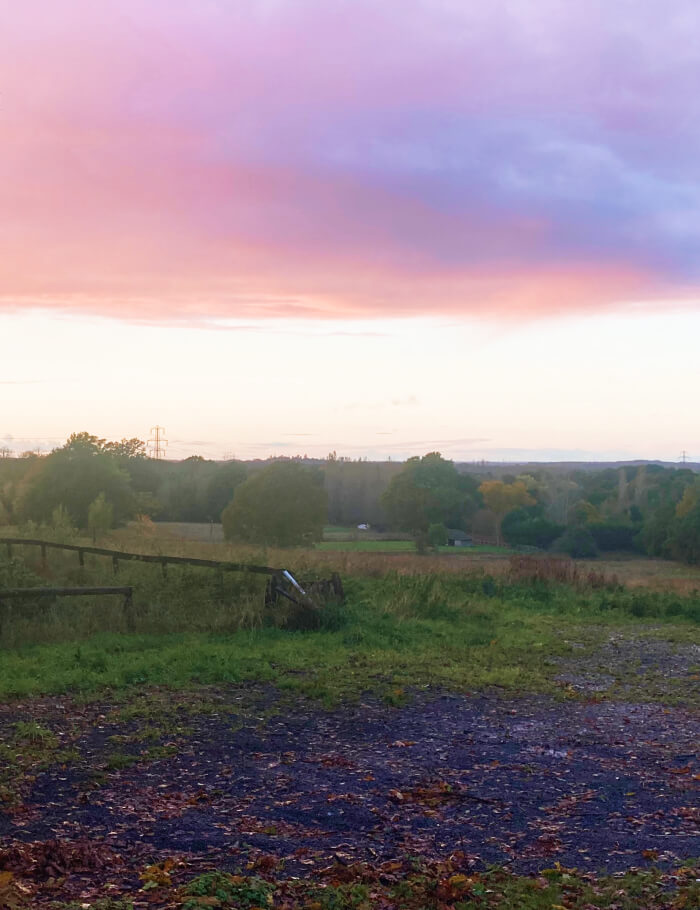
Self-Build Mortgages
Building your timber frame home comes with unique financial requirements, and a self-build mortgage ensures you have the right funds at the right time to bring your project to life. Unlike traditional mortgages, self-build mortgages release funds in stages, aligning with your build schedule.
Download our guide to self-build mortgages
Types of Self-Build Mortgages
Valuation-Based Stage Payment Mortgages
Funds are released after each build stage, based on a valuation confirming the increased value of completed works. This borrowing option may not suit your supplier’s payment terms if you’ve chosen to build with timber frame.
Cost-Based Stage Payment Mortgages
Funds are guaranteed and released based on your build costs, either before or after each stage, ensuring timely payments for suppliers like timber frame manufacturers.
Why Cost-Based Stage Payment Mortgages?
For timber frame builds, suppliers often require full payment before delivery. Cost-based mortgages, like those offered by BuildStore, are tailored to this payment structure, ensuring your funds are available when you need them.
Key Benefits of BuildStore’s Cost-Based Stage Payment Mortgages
- Guaranteed stage payments based on build costs
- Competitive interest rates and specialist support
- Interest-only payments during the build
- Exclusive products from leading lenders
- Flexibility to remain in your current home until completion
Expert Mortgage Advice
Early planning for your budget and financing can help keep your self-build on track. BuildStore Mortgage Services offers insights into self-build mortgage options, helping you navigate this key stage with confidence.

Self-Build Insurance
Protecting your self-build project starts with the right insurance. Specialist self-build insurance policies safeguard you, your tradespeople, and your site from the moment you purchase your plot to years after your home is complete.
Download Insurance Brochure
Two Key Types of Self-Build Insurance
Site Insurance
Site insurance protects against public liability, as well as risks like fire, flood, or theft. It’s a non-negotiable requirement for lenders and a must-have for peace of mind during your build.
Structural Warranty
A structural warranty provides up to 10 years of protection against major defects in design, materials, or workmanship. It’s essential if you plan to sell your home, as most lenders require it for mortgage approvals. Without one, you may be limited to cash buyers—and likely forced to accept a below-market sale price.
Why Insure Early?
A structural warranty provides up to 10 years of protection against major defects in design, materials, or workmanship. It’s essential if you plan to sell your home, as most lenders require it for mortgage approvals. Without one, you may be limited to cash buyers – and likely forced to accept a below-market sale price.

Planning
Navigating the complexities of planning permission and building regulations is essential for every self-build project. With 40 years of experience, Fleming Homes simplifies the process, helping you achieve approval efficiently and with minimal stress.
What is Planning?
Outline Planning Permission (OPP)
Outline Planning Permission asks, “Can I develop this site?” It’s often used to gauge the viability of a project in cases of contention or uncertainty. If granted, it indicates the type of development considered acceptable, such as a 3-bedroom home. Many plots are sold with OPP, providing clarity for self-builders about what’s possible.
Detailed Planning Permission (DPP)
Detailed Planning Permission answers, “Yes, you can develop, and it needs to look like this.” It outlines specific parameters for your project, such as architectural style, alignment with local surroundings, and community considerations. The national framework guides planning, but the process varies by local council. Although local authorities state that planning applications should be determined within 8 weeks, in practice, it can often take significantly longer.
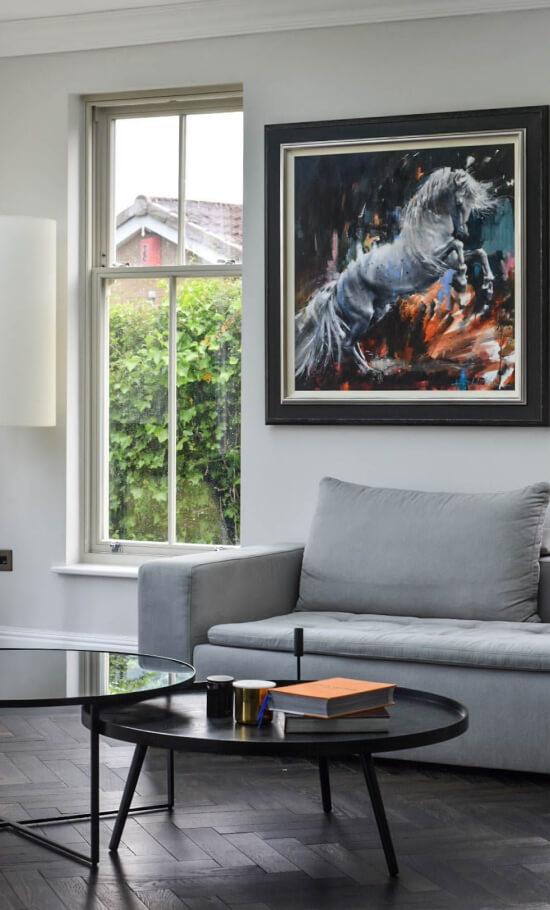
Building Regulations
Every new home in the UK must meet building regulation standards, ensuring safety, energy efficiency, and structural integrity.
In Scotland
Known as a building warrant, approval is mandatory before starting on-site work. The process is rigorous, with higher baseline standards than elsewhere in the UK.
In England, Wales, and Northern Ireland
Two primary routes are available:
Building Notice
Enables construction to begin after planning approval, addressing building regulations during the process. While faster, it can be less suitable for timber frame projects due to their precision-focused nature.
Full Plans Submission
Similar to Scotland’s system, this requires submitting a complete set of technical plans for pre-construction approval. This proactive approach aligns seamlessly with timber frame construction’s off-site preparation benefits.

Why Choose Fleming Homes?
Our expertise in handling the stringent Scottish building warrant system ensures that specifications and drawings meet or exceed standards throughout the UK. By managing the process end-to-end, we provide clarity, reduce delays, and keep your project moving smoothly.
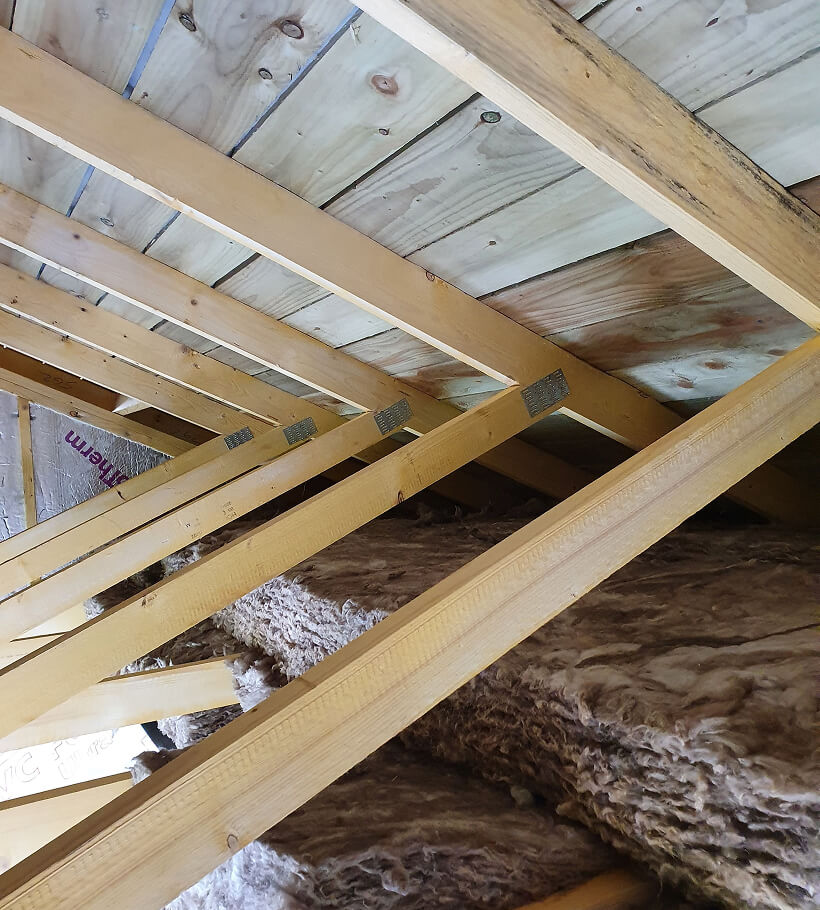
Useful articles for self-builders
A range of articles and tips to educate, inform and inspire self-builders.
FAQs
How much will it cost?
The best way to budget for a new build home is to first understand ballpark cost per square metre figures. This will allow you to compare your budget with a particular size of dwelling. It’s very important from the outset that your budget matches your aspirations!
Cost per square metre for the completed build can be anywhere between £1,700 at the lower end to £2,500 at the higher end. Where your build sits within this range is relative to the type of house you build, and how you go about building it.
The cost of the timber frame element based on our full specification is usually around a quarter of the total build cost. Go to use our cost calculator for a rough idea of the ballpark for the kind of home you want to build. Or give us a call, and we can help you understand this more precisely.
What sets Fleming Homes apart from your competitors?
At Fleming Homes, we do more than deliver timber frame kits – we give self-builders the freedom to shape their future home with clarity and confidence. With over 40 years of specialist experience, we offer a rare combination: accredited quality, tailored architectural design, and expert support from concept through to wind and watertight. Our service is flexible, personal, and built around what matters to you – so you always feel in control, informed, and backed by a team who’s with you every step of the way.
Where are you based?
We are conveniently located in both the north and south of the UK. Our head office is based in Berwickshire in the lovely Border town of Duns, and our southern showroom is located within the National Self Build & Renovation Centre in Swindon.
Is timber frame cheaper than conventional or other forms of construction?
Timber frame construction can offer excellent value, mainly thanks to its speed and precision. Faster build times reduce time on site – and lower labour costs. Because the frame is fully designed and manufactured off-site, potential issues can be spotted and resolved early, avoiding costly surprises later. A high-quality, pre-manufactured system also means fewer delays and a smoother build overall.
Do you do the full build or just the structure?
We take our dwellings to a stage commonly known as ‘wind and watertight’ if that’s what our customer requests. At this stage, the structure of the dwelling is erected, windows and external doors are fitted, and roof sarking is installed – often with soffits, fascias, and barge boards – ready for your follow-on trades to take over. You can choose the level of service that best suits your project, whether it’s a structure-only package or a full-specification package with materials supplied.
For more details on our packages and what’s included at each stage, visit our Timber Frame Packages page.
Do Fleming Homes do planning and building regulation drawings?
We’ve been doing planning permission and building regulation applications throughout the UK since 1986.
How do I start the process of building my own home?
Start by understanding what’s possible with your budget. Our Cost Calculator is a great first step. Then, if you already have a plot, our Free Design Service can help bring your ideas to life.
Any tips for starting a build successfully?
Yes: get informed early. Build smarter, not harder.
The more you understand, the more in control you’ll feel. Choose a team you trust and invest time up front — solid foundations (both literal and metaphorical) lead to better outcomes.
Start with our Free Design Service - a flexible first step that puts you in control.
What do I get from Fleming Homes?
That depends on what you need. We’re fully bespoke, offering a wide range of materials and services. Beyond timber frames, we can supply windows, doors, stairs, insulation, and more — all tailored to suit your project. We also offer support with design, planning, building regs, and SAP calculations.
How long does it take to build a timber frame and then complete it?
Depending on volume of demand, our lead time from placing order is around 6 weeks. The planning and building regs process can take a few months, depending on the process itself. The average time for a home to be manufactured in our factory is a few days. The average time to erect on site is a couple of weeks. The average completion time from starting on-site is around 8 to 12 months.
Can you do ‘wind and watertight’?
Yes. This is a great service that maximises the benefits of timber frame construction. We can erect the structural elements, fit the roof sarking and membrane, and fit external joinery making the dwelling ‘wind and watertight’. We can also fit soffits, fascia and barge boards, so that your dwelling is fully ready for your roofers and other follow-on trades.
How do you fix televisions to the wall?
Very simply. In most cases, you can use a quality rawl plug or similar. You can also consider this during the design phase and design accordingly. So, for example, fit timber studs or plywood sheathing, which is common in areas such as kitchens. We can also specify denser wallboard with greater fixing capacity.
Are Fleming Homes’ manufacturing methods sustainable?
Timber is the most sustainable structural building element, therefore timber-frame is one of the most sustainable construction methods available today. The timber used for our homes is sourced from well managed sustainable forests, and contains less embodied energy than comparable building materials, such as concrete or steel. From design to construction, we’re committed to utilising products and refining procedures that are sustainable.
Where do I find local plots?
The easiest place to start looking for a plot is online. We recommend some good places to start in the Self Build Resource, Find a plot of land section of our website. Local estate agents, land agents, local authority websites, consumer magazines and local newspapers are also good sources of information.
Can I adjust one of your pre-prepared designs?
Yes. Our Design Brochure is intended to inform and inspire your design aspirations, and we can modify existing designs to suit your requirements. It’s your ideas that inform the design of your new home, so we often start from a blank sheet of paper, working with you to design your custom build home around your specific requirements. For more information, please see Bespoke Design Service.
How long does it take to prepare plans for a planning application?
On average, it takes six weeks to prepare and finalise planning application drawings — sometimes longer depending on complexity. We’ll keep you informed throughout.
Start planning with us — explore our Free Design Service.
